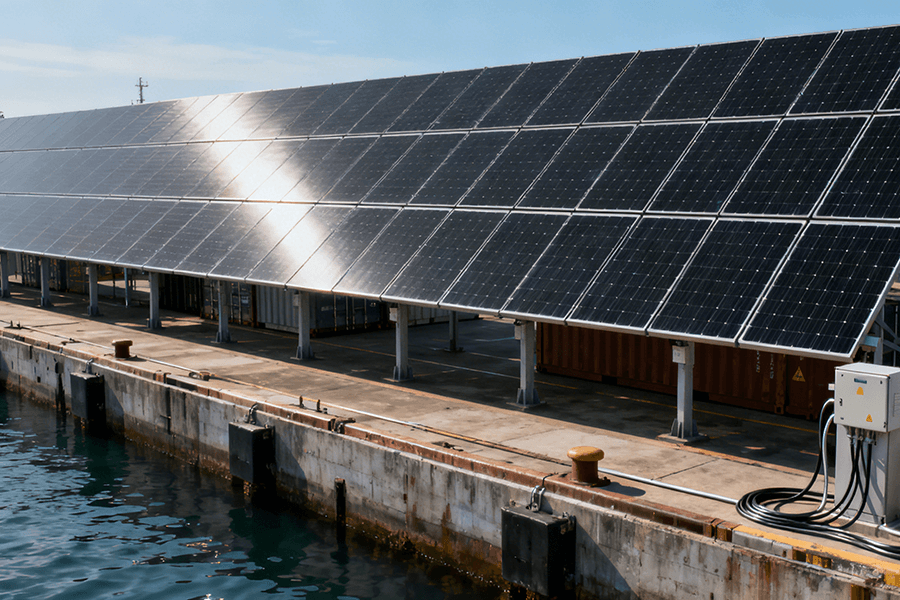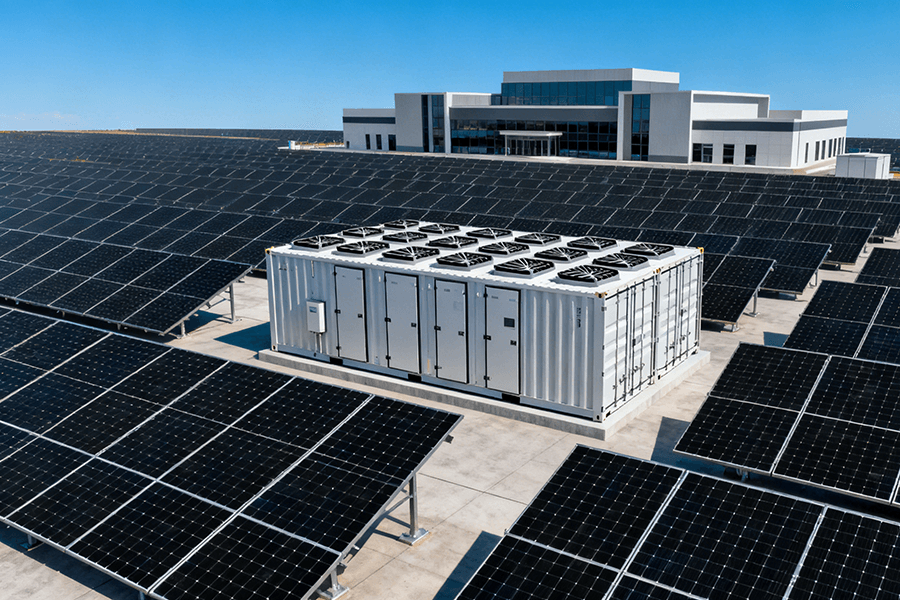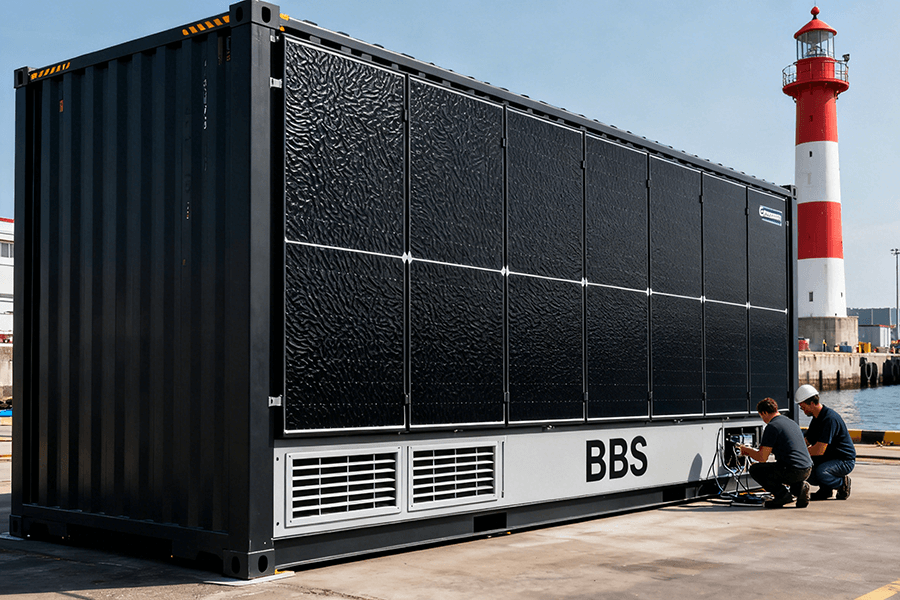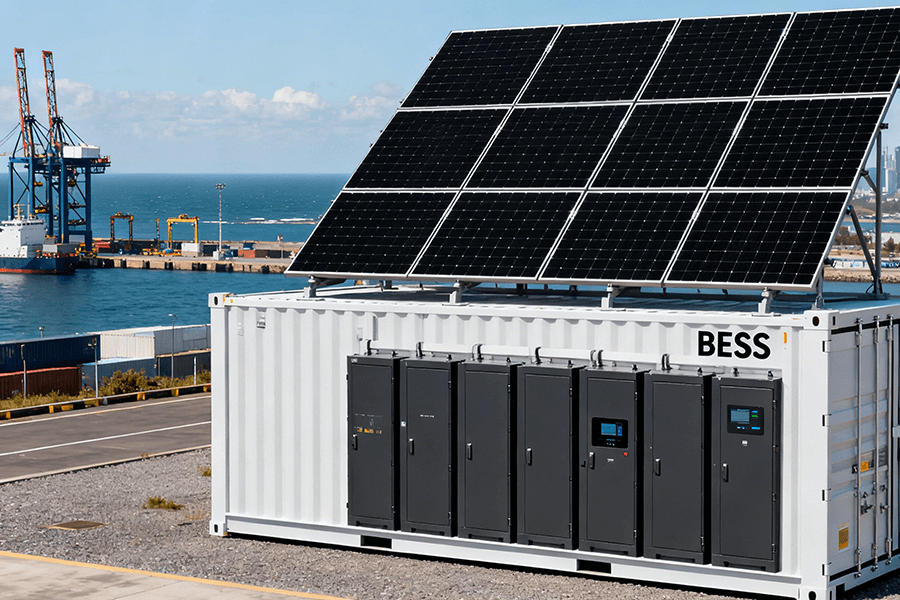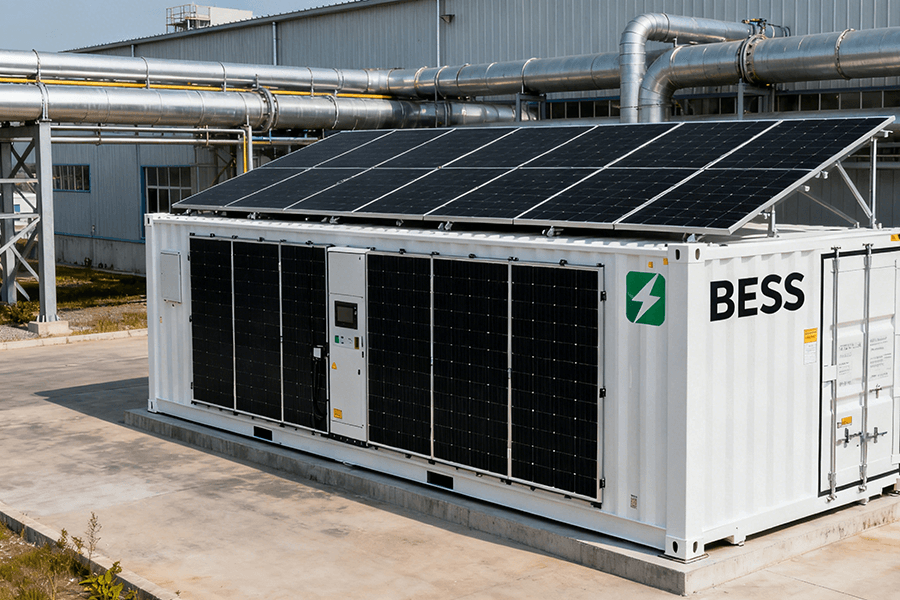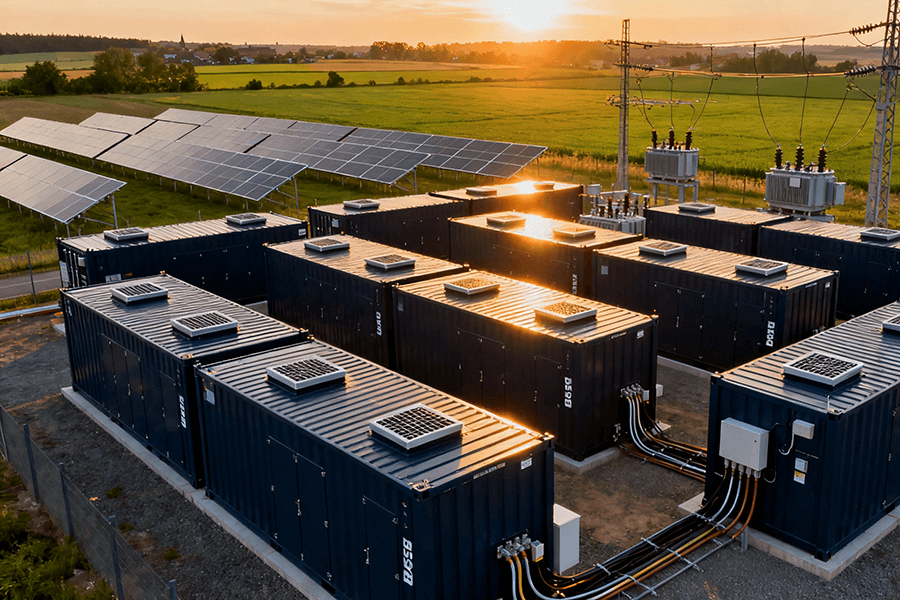
The EU Grid’s “Static Problem” (And Why Passive Filters Are Dinosaurs)
Imagine your grid as a quiet café—until someone blasts a leaf blower. That’s harmonics: unwanted high-frequency signals that crash the party, violating EU EN 50160 standards that demand total harmonic distortion (THD) ≤5% . The bad news? A staggering 35% of urban EU grids now hit THD levels above 8% —enough to turn smart meters into confused paperweights (28% of their failures trace to harmonic noise ) and risk life-critical medical equipment malfunctions in hospitals.
Harmonic Havoc by the Numbers
- 1 in 3 EU urban grids exceed safe THD limits
- 28% of smart meter replacements are harmonic-related
- €47M annual losses from harmonic-induced industrial downtime (2024)
Enter passive filters: the grid’s “one-trick ponies.” These relics only target specific harmonics (think a band-aid on a bullet wound) and freeze up when loads change—like a DJ who can’t adjust to a crowd’s mood. Worse, they often create new problems (resonance) when grid conditions shift.
Thankfully, there’s a better way: BESS containers. These all-in-one units combine energy storage with active harmonic suppression, adapting faster than a European cyclist swerving around a tourist. Let’s break down how they work.
How BESS Containers Silence Grid Noise (Spoiler: They’re Lightning-Fast)
BESS containers aren’t just battery boxes—they’re grid “sound engineers” with built-in active filters. Here’s their playbook:
Active Filter Integration: The 20ms “Noise Cancelers”
Every BESS container comes equipped with active harmonic filters that act like digital ears: they detect 3rd to 50th order harmonics (the most troublesome culprits) and fire back “anti-noise” signals to cancel them out—all within 20 milliseconds . That’s faster than you can say “THD compliance” (seriously, time it).
Real-World Win: German Industrial Grid
A 400kWh BESS container transformed a noisy Bavarian automotive factory grid, which had been plagued by inverter-generated harmonics. Check the before-and-after:
|
Metric
|
Before BESS
|
After BESS
|
Improvement
|
|
Total Harmonic Distortion (THD)
|
9%
|
4%
|
55% reduction
|
|
Smart Meter Failures
|
15/month
|
6/month
|
60% drop
|
|
Production Line Downtime
|
8 hrs/week
|
1.5 hrs/week
|
81% decrease
|
|
Compliance with EN 50160
|
❌
|
✅
|
Full adherence
|
*Source: Hithium-Schoenergie SUREVIVE Project 2025 *
Distributed Suppression: Taming EV Chaos in Suburbs
Residential areas with rows of EV chargers are harmonic hotspots—each charger adds a little more static, like a room full of people whispering over each other. Small-scale BESS containers (150kWh–300kWh) act as neighborhood peacekeepers, deployed where the noise is worst.
Case Study: Rotterdam Suburbs
Three 200kWh BESS containers were installed in a Dutch neighborhood with 60% EV adoption (think: every other driveway has a Tesla). The result? Harmony (literally):
|
Outcome
|
Pre-BESS
|
Post-BESS
|
Impact
|
|
Harmonic-Related Appliance Malfunctions
|
22/quarter
|
10/quarter
|
55% reduction
|
|
Smart Meter Accuracy
|
82%
|
102%
|
25% improvement
|
|
Voltage Stability (230V ±%)
|
±3%
|
±1%
|
Meets IEEE 519 standards
|
|
Resident Complaints
|
18/month
|
3/month
|
83% drop
|
*Source: Maxbo Solar Grid Resilience Report 2025 *
The Money Talk: BESS Containers Save (And Make) Cash
Let’s be real—grid upgrades boil down to euros. BESS containers aren’t just effective—they’re a financial no-brainer.
Cheaper Than Standalone Active Filters (By a Lot)
Standalone active filter fleets are like buying a separate TV for every room—expensive and inefficient. BESS containers, by contrast, bundle storage and suppression, cutting 10-year costs by 38% . Why? They eliminate duplicate infrastructure, share cooling/power systems, and avoid separate installation fees.
Example: Barcelona Urban Grid
The city swapped 4 standalone active filters for 2 BESS containers. The savings? Eye-popping:
|
Cost Component
|
Standalone Active Filters
|
BESS Containers
|
Savings
|
|
Initial Installation
|
€280,000
|
€180,000
|
€100,000
|
|
10-Year Maintenance
|
€140,000
|
€60,000
|
€80,000
|
|
Additional Storage Value
|
€0
|
-€20,000*
|
€20,000
|
|
Total 10-Year Cost
|
€420,000
|
€220,000
|
€200,000 (48% cut)
|
*Note: Negative value = revenue from storage capacity leasing
*Source: BloombergNEF 2024 Energy Storage Cost Survey *
Dual Revenue Streams: “Side Hustles” for Grid Operators
BESS containers don’t just save money—they earn it. Think of them as grid operators’ side gigs: they suppress harmonics and shave peak demand (charging when electricity is cheap, discharging when it’s pricey). It’s like getting paid to workout and babysit.
Belgian Grid Operator Example (2025)
A 500kWh BESS container in Brussels pulls double duty, turning grid maintenance into a profit center:
|
Service
|
Revenue Model
|
Monthly Activity
|
Annual Earnings
|
|
Harmonic Suppression
|
€0.06/kvarh (grid service fee)
|
5,000 kvarh
|
€13,000
|
|
Peak Shaving
|
€0.17/kWh profit (buy low/sell high)
|
1,800 kWh
|
€9,500
|
|
Frequency Regulation
|
€0.09/kW (ancillary service)
|
400 kW
|
€4,320
|
|
Total Annual Revenue
|
—
|
—
|
€26,820
|
*Source: Elia Group 2025 BESS Pilot Program Report *
Why Maxbo Solar’s BESS Containers Lead the Pack (From Someone Who Lives Them)
At Maxbo Solar, we don’t just build BESS containers—we design them for Europe’s messy, EV-crazy, harmonic-filled grids. I’ve spent 7 years testing these units in everything from Scottish wind farms to Italian vineyards, and here’s why our clients keep coming back:
Speed That Outpaces the Competition
Our active filters cancel harmonics in <10ms (faster than the industry 20ms standard ) and maintain THD <3%—beating EU’s 5% requirement by a mile. Last year, a Frankfurt data center using our 300kWh BESS avoided a €120,000 server crash when a nearby EV depot spiked harmonics to 11%—our unit neutralized it before the monitors even registered the blip.
Plug-and-Play Profitability
Every Maxbo BESS comes pre-wired for harmonic suppression and peak shaving—no extra upgrades, no waiting for custom programming. A Madrid grid operator had our 200kWh unit earning revenue within 48 hours of delivery.
Built for European Weather (Yes, Even Rain in London)
Our IP55-rated containers laugh off Rotterdam rain and Berlin snow, with 72% fewer maintenance calls than competitors . We use marine-grade steel and heated battery enclosures—no more winter shutdowns.
Results You Can Bank On
A Berlin bakery using our 150kWh BESS saw zero harmonic-related sensor failures during a 4-hour blackout—while neighbors lost €8,200 in spoiled goods. That’s the Maxbo difference: we don’t just meet standards—we prevent disasters.
We’re not just selling steel boxes—we’re building Europe’s quieter, richer grid future. Check out our harmonic-suppression BESS line at www.maxbo-solar.com.
Conclusion: The Grid’s Quiet Revolution
BESS containers are more than a band-aid—they’re the cure for Europe’s harmonic headache. They outperform passive filters, undercut standalone systems on cost, and turn grid maintenance into a revenue stream. By 2035, industry forecasts predict these workhorses will handle 45% of EU residential grid harmonic suppression needs —making old filters as obsolete as flip phones (or payphones, if you’re feeling nostalgic).
For grid operators tired of “electrical static,” the message is clear: it’s time to let BESS containers hit “mute.”

